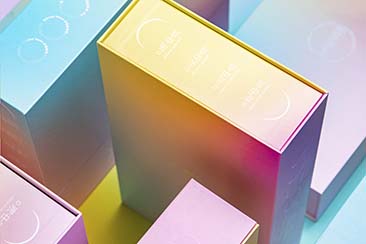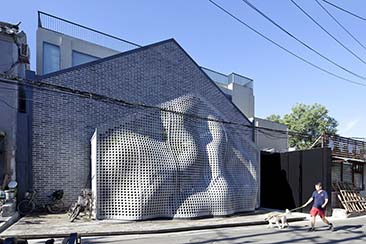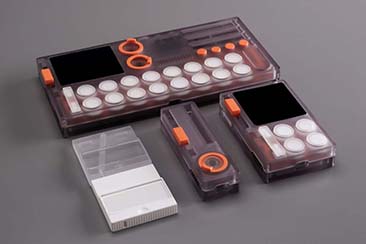Beauty is in the eye of the beholder. And art can be very subjective. As the famous proverb suggests: that which one person finds beautiful or appealing may not appeal to another. This is why the study of creative and artistic website design has become increasingly important over recent years.
Website designers are getting more creative with colour palettes and images, and while some of us visiting our favourite websites might often take some of the more artistic elements for granted, there’s often a subconscious reason why we return more often to our favourite website. When a website is pleasing to the eye, we tend to spend more time browsing the content and information it has to offer.
Likewise, if we don’t like the design or look of a website, numerous studies have proven that we’re often likely to click away faster than the blink of an eye; regardless of how good the content itself might be. Nobody likes to let their eyes linger over something not aesthetically pleasing to them for any longer than absolutely necessary. Content may always be considered the king insofar as website popularity and rankings are concerned, yet there’s no doubt that artistic and appealing designs are the queen that keeps people browsing for longer.
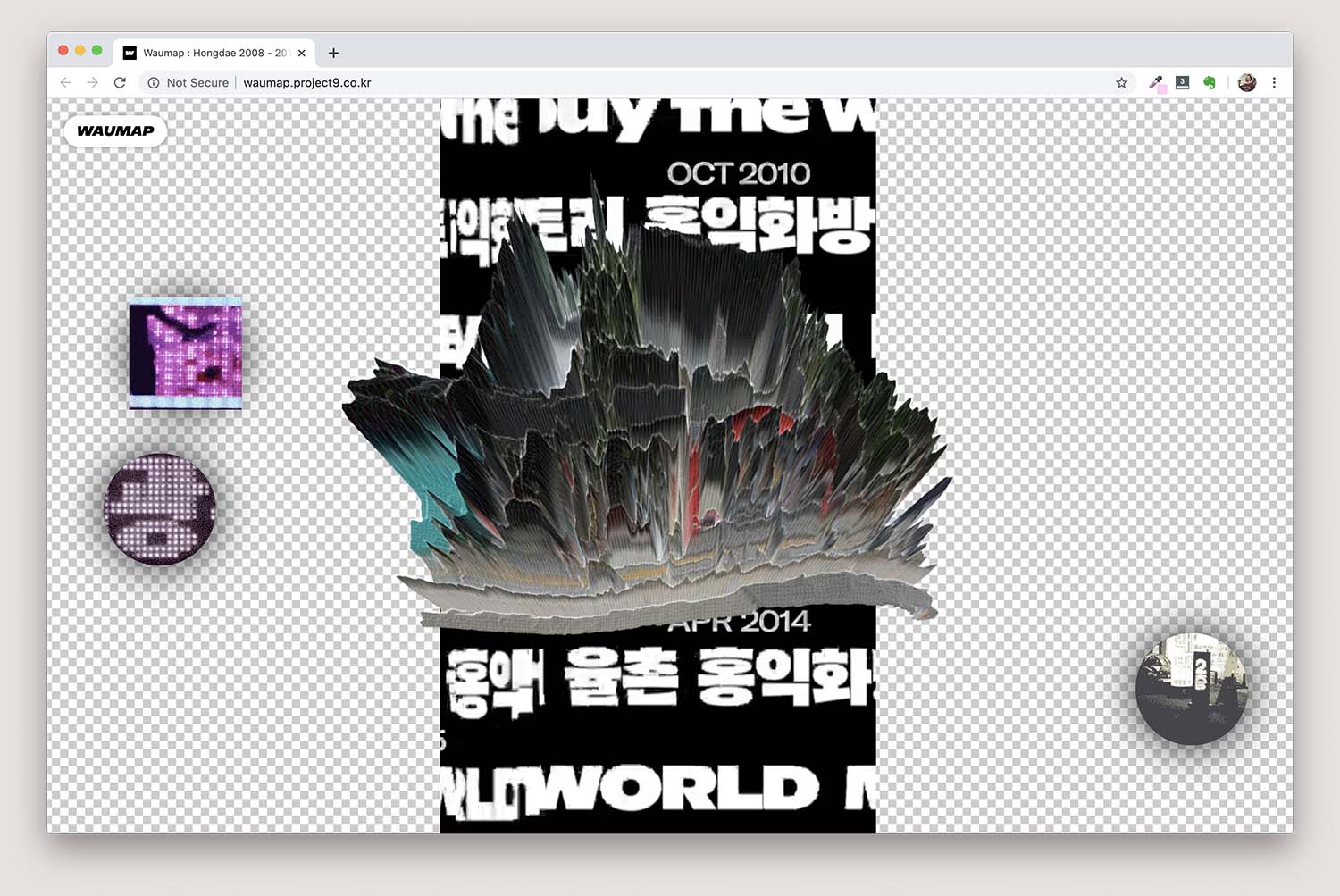
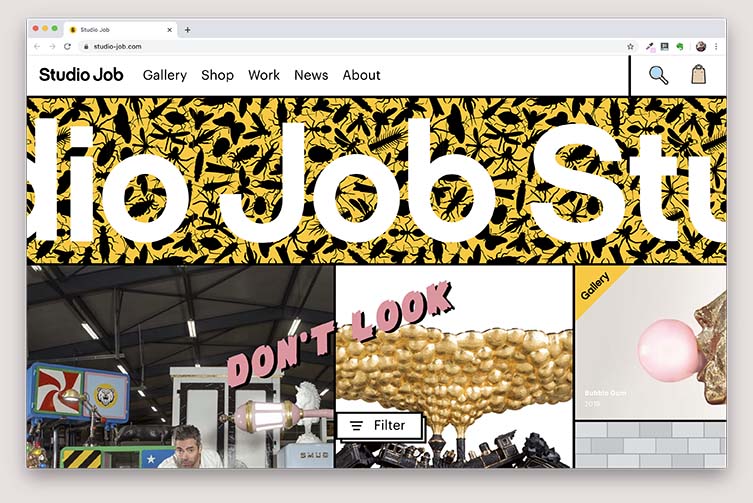
Cutting-edge design has a natural appeal to a younger, more pop culture-ready audience.
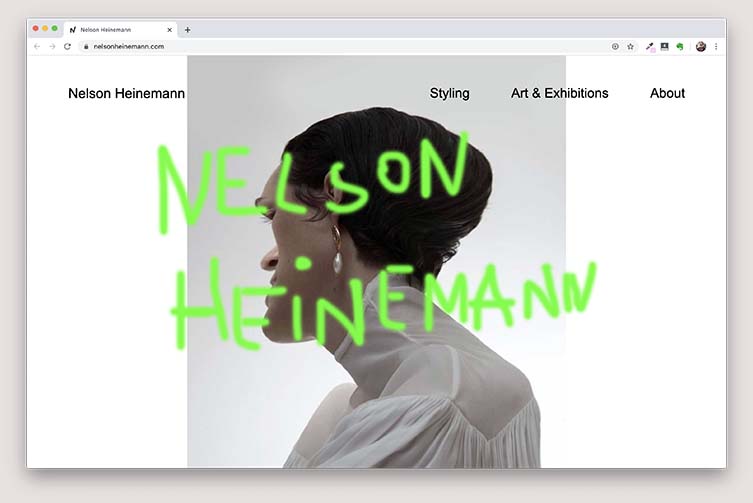
Designing Websites for a Demographic.
The overall style and artistic design of a website can be used to help illustrate the personality of a company, whilst also giving a clearer indication of the target audience. It could be anything from a cutting-edge art gallery to Wink Bingo’s website, aimed at people who enjoy playing bingo at home. Utilising vibrant colours and comic book fonts, within a theme that recalls pop art, it has embraces the fun and social appeal of bingo.

Utilising vibrant colours and comic book fonts, within a theme that recalls pop art, it has embraces the fun and social appeal of bingo. A friendlier look appeals more to younger, female players.
Why have they used pop art at the heart of their website design and why focus on imagery of women? Well, this is intelligent design which is statistically more likely to appeal to their core audience of bingo players. Demographics published by YouGov show that the majority of regular online bingo players are in the 25-34 and 35-44 age groups, while 62% of players are also female. As such, the site design features art which appeals more to younger, female players.
Online companies utilising demographics to focus their reach and appeal to a specific audience is nothing new, which is why the artistic design of websites has become increasingly important. Sports websites have taken similar approaches to deploying artwork which appeals more to their target audiences. In the United States, for example, over 65% of those regularly viewing online content for the major sports are male, which means that most sites have implemented designs and imagery which men are likely to find most appealing.
The typical website design studio is increasingly reliant on the careful study of data metrics, harvesting demographics provided by online tracking services like Alexa and Google Analytics. By identifying key metrics for site visitors such as age and gender, website designers can then do additional research, even exploring what kind of artwork and colour schemes have greater appeal for specific groups. This information can then be used to shape the design of websites, focusing design to have greater appeal towards those specific groups.
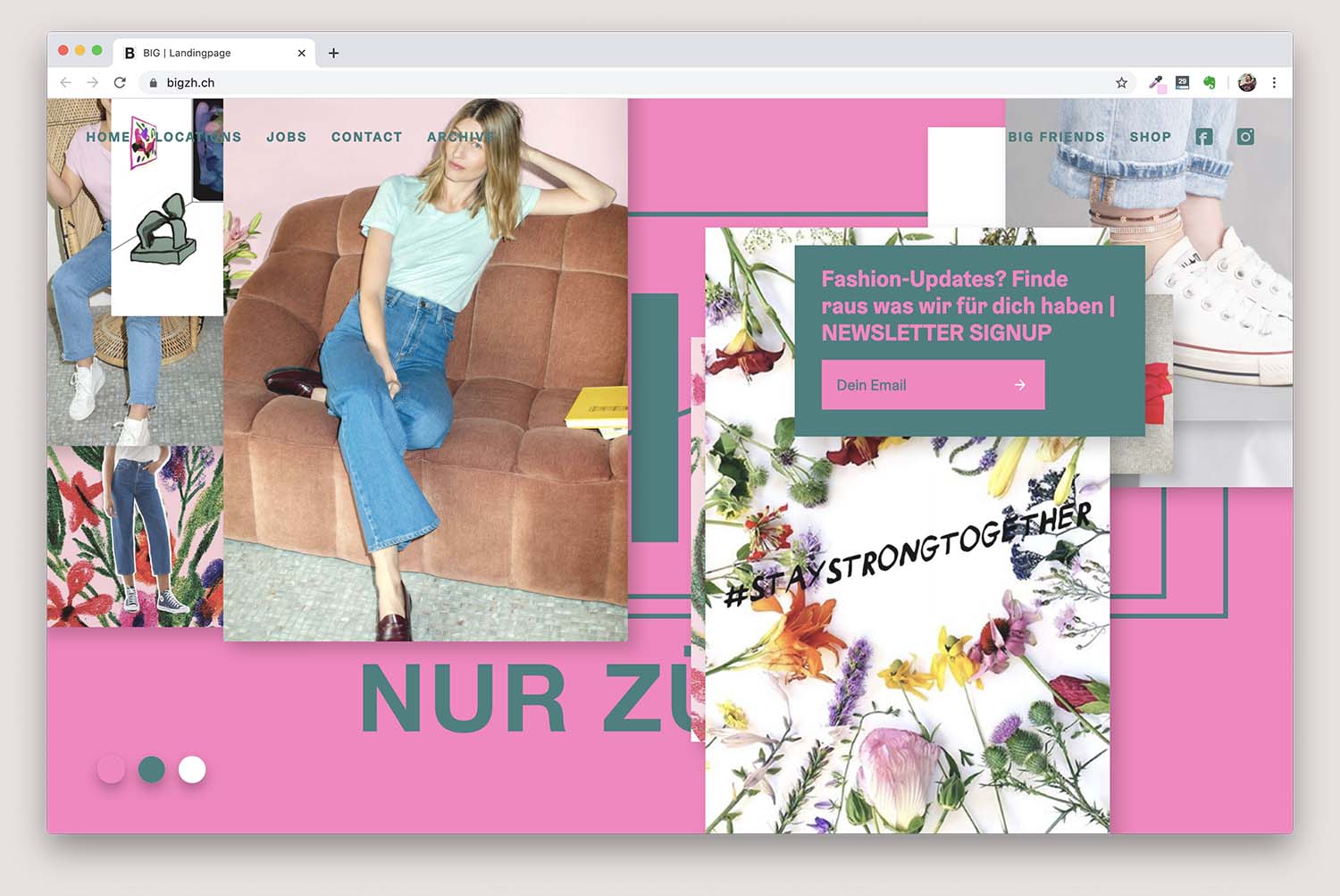
Web designers will utilise target audience research identifying demographics of users of the site and then deciding which themes would appeal to them the most.
The Art Versus Design Debate.
Interestingly, there has been plenty of discussion and opinions shared about the relative importance of visual appeal, surrounding what matters most of all when it comes to website design. One website design company even published a blog which insisted that designers create something to use, whereas artists create something to appreciate. They were at pains to stress that visual design accounts for just one-fifth of the user experience, whenever they visit a website.
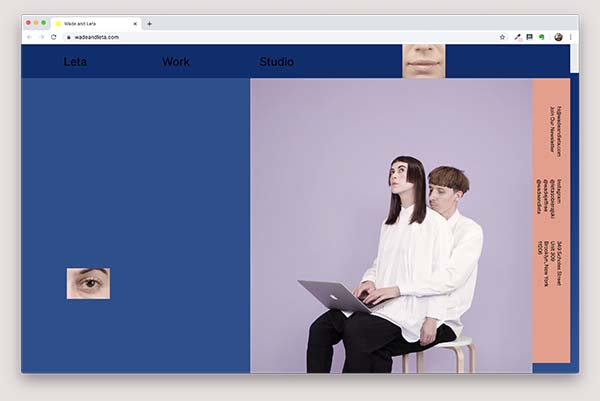
Artistic design can also serve an important purpose, which allows websites and companies to show the personality and at the same time, reach out to audiences who share their artistic vision.
Information architecture, interaction design, usability engineering and prototype engineering. These were all terms referring to principals of website design, which the same blog highlighted as arguably being more important than visual design. While those elements are most certainly essential for any website to function well and successfully serve the needs of those visiting, should the visual design and artistic appeal not be viewed with equal importance, so to speak?
Debate about the difference between ‘designers’ and ‘artists’ is almost as old as time itself. Both have different views about what they contribute. The debate focuses on design being about something that solves a problem or serves a specific purpose, where as art is simply something to be appreciated, there to be looked at and little else from a practical point of view. Yet it’s also fair to say that something artistic can also serve practical purposes too.
While some product or website designers insist that design is not art, pointing out that art is about personal expression, whereas design is about functionality; others have taken the discussion further. Indeed, there is a strong crossover between art and design which is becoming increasingly appreciated in the online world. Artistic design can also serve an important purpose, which allows websites and companies to show the personality and at the same time, reach out to audiences who share their artistic vision.
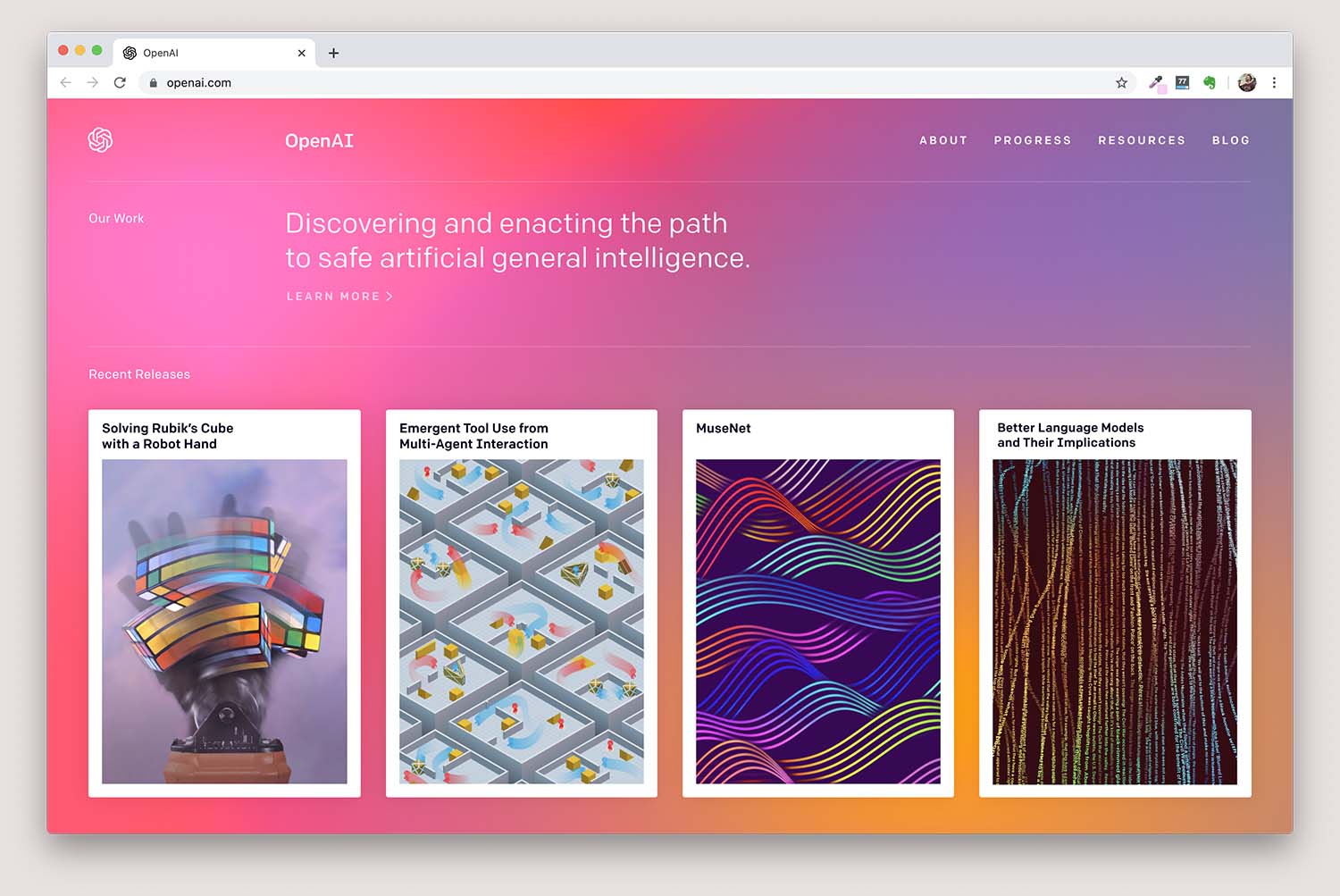
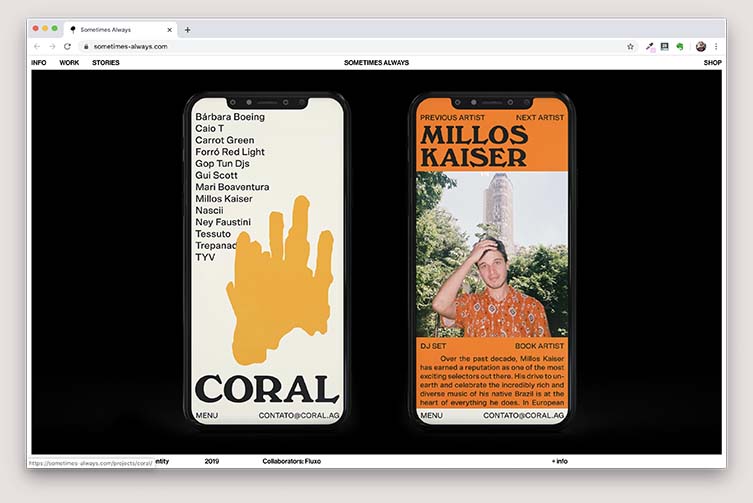
A mixture of Art and Design online is helping websites to express their personality to their audience.
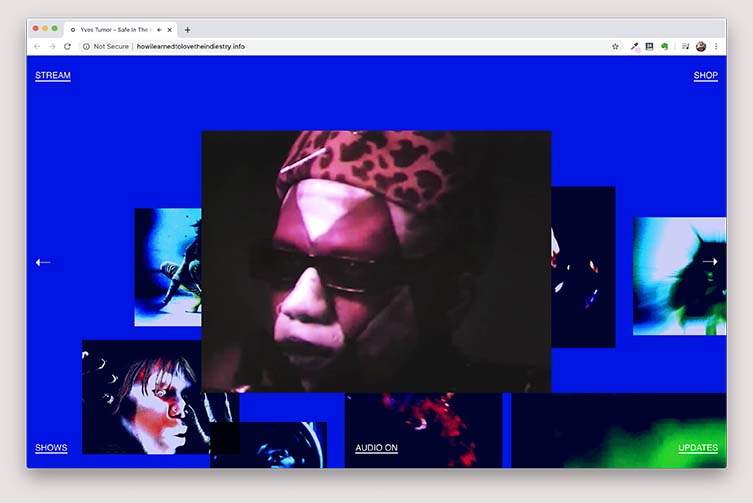
Artistic Design Serves an Important Purpose.
There is certainly plenty of strong evidence to suggest that “art” and “design” can mix well. Visual form can be just as important as practical design and functionality. Both may seem to serve different purposes, yet they can also merge together for the creation of an overall appeal. This is never more evident than in recent years with the most effective website designs.
Websites which successfully marry visual appeal and functionality, typically have a better understanding of their target audience. The most effective websites don’t just offer their visitors loads of great content, they have also carefully studied the visual surroundings in which their visitors will most enjoy consuming that content. While it will always remain true that art is subjective, if that art brings more like-minded audience to your website, then creative and artistic website design also entirely functional.


